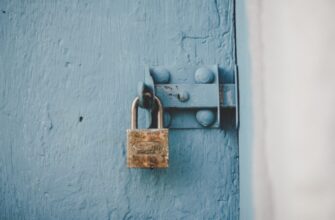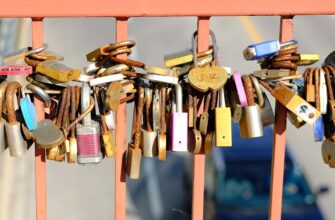In the world of cryptocurrency, securing your assets is non-negotiable. Cold storage—keeping your crypto completely offline—is the gold standard for protection against hackers, malware, and online threats. For Ledger hardware wallet users, this approach adds an impenetrable layer to your security strategy. This guide walks you through exactly how to secure your Ledger in cold storage, with actionable steps, best practices, and expert tips to shield your digital wealth.
## Step-by-Step: How to Secure Your Ledger in Cold Storage
Follow these critical steps to lock down your Ledger device in true cold storage:
1. **Initialize Offline**: Unbox your Ledger in a secure, private location. Never connect it to any device until you’ve completed setup.
2. **Generate Your Recovery Phrase**: During setup, write down the 24-word recovery seed on the provided card. Do this alone—no cameras or witnesses.
3. **Create a Strong PIN**: Set a complex PIN (8+ digits) unrelated to personal info. This is your first defense against physical theft.
4. **Disconnect and Power Down**: After setup, disconnect the Ledger from all devices and turn it off. Store it in a tamper-evident bag or Faraday pouch.
5. **Secure Your Seed Phrase Offline**: Split your recovery phrase into 2-3 parts. Store each in separate fire/waterproof locations (e.g., steel plates in a safe, bank vault, or hidden at home).
6. **Add a Passphrase (Advanced)**: Enable the 25th-word passphrase feature in Ledger Live for a “hidden wallet.” Memorize this phrase or store it separately from your seed.
7. **Verify Before Transactions**: Only connect your Ledger to a clean, malware-free computer when making transactions. Disconnect immediately after.
## Best Practices for Unbreakable Cold Storage Security
Maximize protection with these proven strategies:
– **Never Digitize Your Seed**: Avoid photos, cloud backups, or typing your seed anywhere. Paper or metal only.
– **Use Multi-Signature Wallets**: For large holdings, set up multi-sig via Ledger Live requiring multiple devices to approve transactions.
– **Regularly Update Firmware**: When connected (temporarily), always install Ledger’s latest firmware updates to patch vulnerabilities.
– **Isolate Transaction Devices**: Use a dedicated, offline computer for crypto transactions to avoid cross-contamination.
– **Test Recovery**: Practice restoring your wallet with your seed on a reset Ledger to ensure backup integrity—then wipe the device.
– **Physical Security**: Store your Ledger and seed fragments in locations resistant to fire, water, and unauthorized access.
## Critical Mistakes to Avoid with Ledger Cold Storage
Steer clear of these common errors that compromise security:
– **Storing Seed and Device Together**: If both are stolen, your crypto is gone. Always separate them.
– **Using Pre-Written Seeds**: Generate a new, random seed during setup—never reuse phrases.
– **Skipping PIN Protection**: A weak or absent PIN makes physical theft catastrophic.
– **Connecting to Compromised Devices**: Infected computers can intercept data during transactions.
– **Ignoring Tamper Checks**: Always inspect packaging for signs of interference before initial use.
– **Sharing Recovery Details**: No one—not even Ledger support—should ever ask for your seed or PIN.
## Ledger Cold Storage FAQ: Your Questions Answered
**Q: Is a Ledger already considered cold storage?**
A: Yes! Ledger is a hardware wallet, meaning private keys never leave the offline device. Our guide adds extra physical isolation layers.
**Q: How often should I access my cold-stored Ledger?**
A: Only when moving funds. For long-term holdings, aim for once a year or less to minimize exposure.
**Q: Can I store multiple cryptocurrencies in cold storage?**
A: Absolutely. Ledger supports 5,500+ coins. Manage them all via Ledger Live when briefly connected.
**Q: What if I lose my Ledger device?**
A: Your crypto is safe! Restore access on a new Ledger using your recovery phrase. Never store funds on the device alone.
**Q: Are Faraday bags necessary for cold storage?**
A: Recommended for ultra-paranoid users. They block electromagnetic signals, preventing remote attacks.
**Q: How do I verify transactions safely?**
A: Always double-check recipient addresses on your Ledger’s screen—never trust your computer display alone.
**Q: Can family access my cold storage if I die?**
A: Yes—but only if you’ve securely shared your seed locations via a legal document like a crypto will. Never include actual phrases.
By treating your Ledger as a “vault” rather than a daily wallet, you create near-invincible security. Remember: in crypto, your vigilance is the strongest firewall. Implement these steps today—and sleep soundly knowing your assets are shielded from the digital storm.








